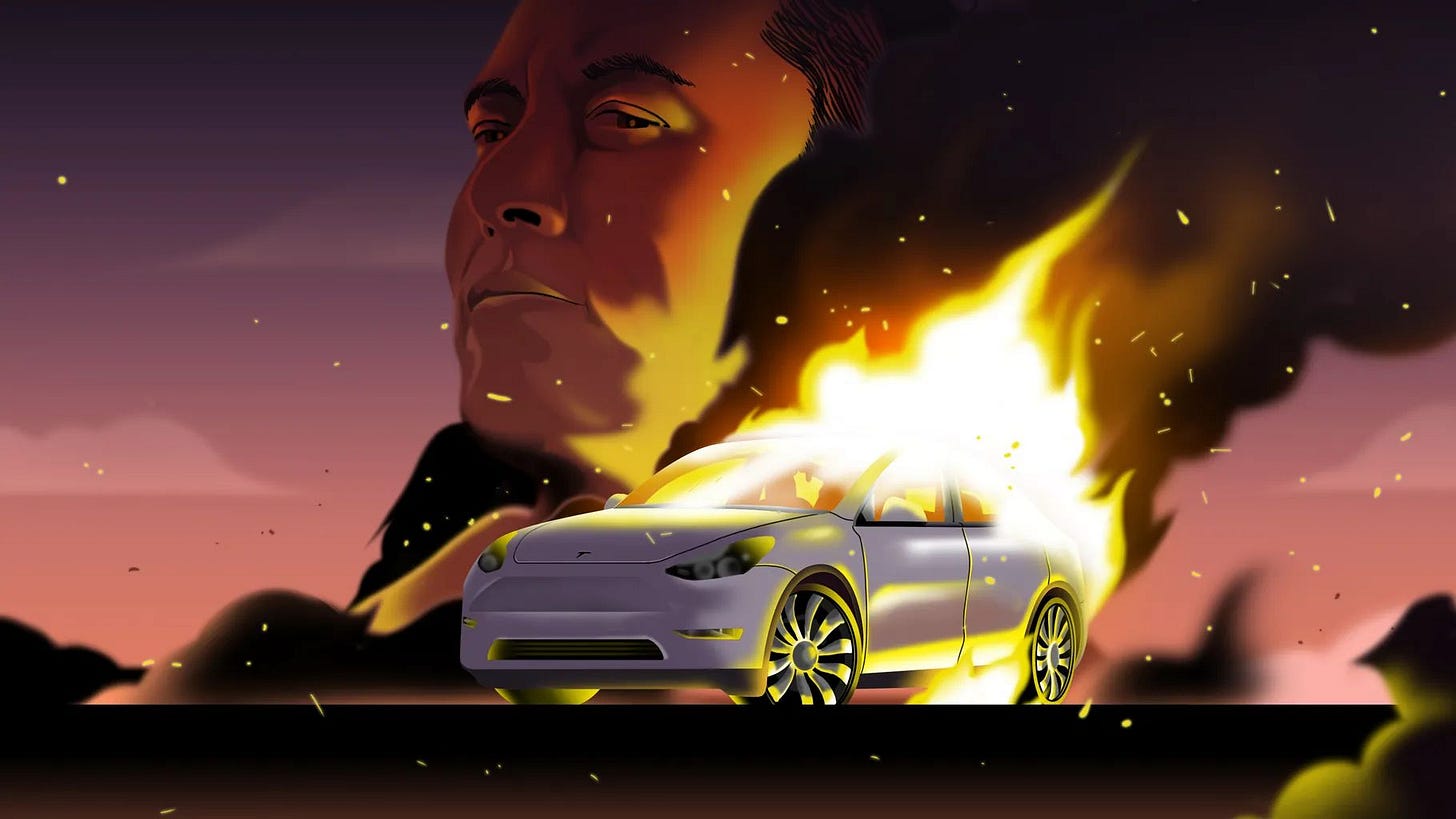Tackling EV Fires: The Truth about EV Fires and Safety
Concerned about EV fires? We examine the facts and statistics around electric vehicle battery fires, unpack myths about EV safety, and explore how the industry is tackling this important issue.
As the world shifts towards EVs, there is no doubt that there is a concern about fires. This is mainly because the media love to talk about it, as if no other type of car has ever caught fire, and social media laps it up, often repeating false information.
Fire departments around the world are faced with a new and unique challenge of tackling EV fires.
So let's discuss it and what is happening...
Understanding EV Fires: Fire departments are working tirelessly to understand the causes and characteristics of EV fires. Lithium-ion batteries, commonly used in EVs, can cause fires if exposed to excessive heat or if their casing is penetrated. These fires can generate toxic gases, as do ICE car fires, making them a significant concern for fire services. It's important to note that EVs are over 20 times less likely to catch fire than an ICE car.
Articles like this...
Fire Extinguishing Strategies: It isn't a secret that EVs are more difficult to extinguish, and traditional fire extinguishing methods often involve letting a battery burn itself out in a controlled fire or flooding the battery by partially submerging the vehicle for an extended period. However, these methods can be impractical, so innovation and understanding is key.
Training and Preparation: Fire services are developing training for crews to improve their knowledge and understanding of Lithium-Ion battery fires. They are also trialling alternative options for extinguishing EV battery fires around the world.
Guidance and Recommendations: Fire departments are following guidelines set by organizations like the National Fire Protection Association (NFPA) and the RISC Authority in the UK. These guidelines provide methods to identify, immobilize, and disable the vehicle, as well as fire suppression strategies.
Innovation in Action - The Cold Cut Cobra System, developed by Swedish firm Cold Cut Systems, uses a high-pressure water jet containing abrasive material that can cut through a vehicle’s floor and the titanium battery casing. This allows firefighters to flood the burning cells directly. The system has been tested by the Swedish Civil Contingencies Agency (SCCA) and has shown to be efficient, requiring just 750 litres of water to extinguish a burning car battery in less than 10 minutes.
The Cold Cut Cobra system is a testament to the power of innovation in ensuring safety in our increasingly electric future.
It's also important to note that it isn't just EVs that contain Lithium batteries and the Lith-Ex Aqueous Vermiculite Dispersion fire extinguishers are available specifically for smartphones, laptops and e-bikes etc.
Other articles
Taking a Breath of Unfresh Air: How Combustion Emissions Are Impacting Air Quality
The deterioration in air quality is in no small part due to increasing pollution from combustion emissions. These emissions, released from the burning of fossil fuels like coal, oil and gas, are taking a toll on our health and environment. Let's take a closer look at how exactly combustion emissions are degrading air quality.
Examining the Impressive Durability of High-Mileage Teslas in the UK
The rise of electric vehicles (EVs) has brought about a paradigm shift in the automotive industry. Among the leading brands in this revolution, Tesla stands out with its impressive range of high-performance electric cars. One of the key aspects that set Tesla apart is the impressive durability of its vehicles, even those with high mileage. This article …
Unravelling Misconceptions: A Comprehensive Look at the Sustainable Energy Transition
As the global community grapples with the pressing need to mitigate climate change, the transition from fossil fuels to sustainable energy sources is a topic of paramount importance. However, this transition is often clouded by misconceptions and fears. This article aims to dispel these myths and provide a comprehensive understanding of the sustainable …







